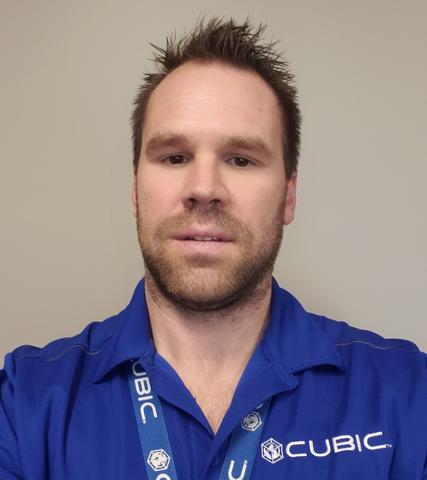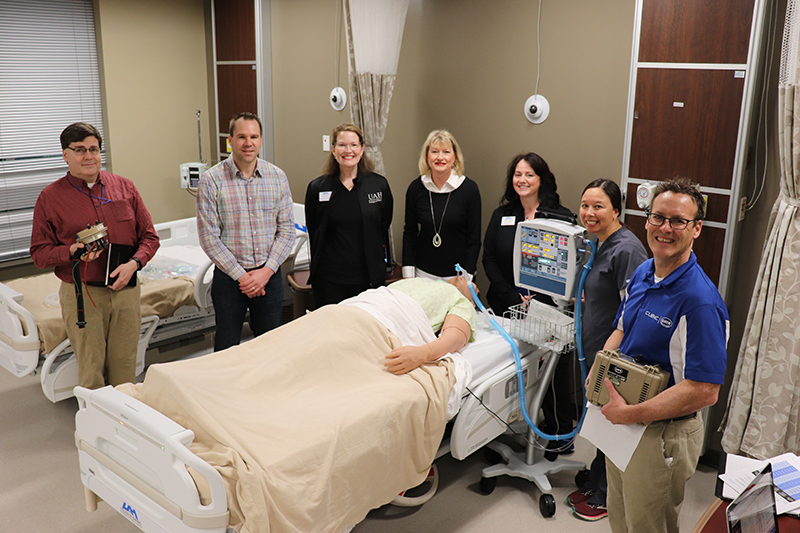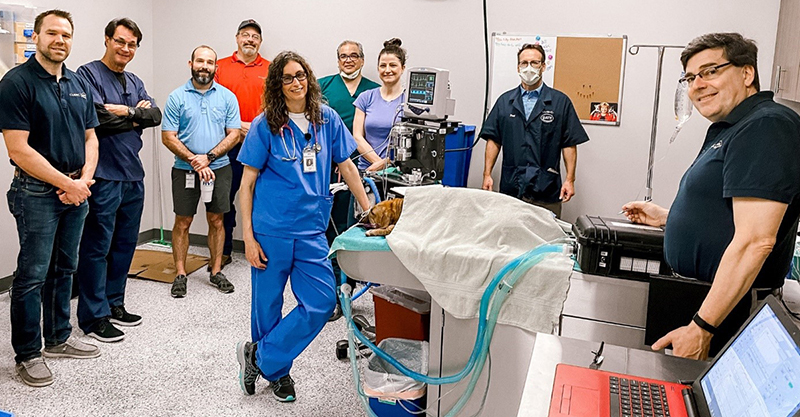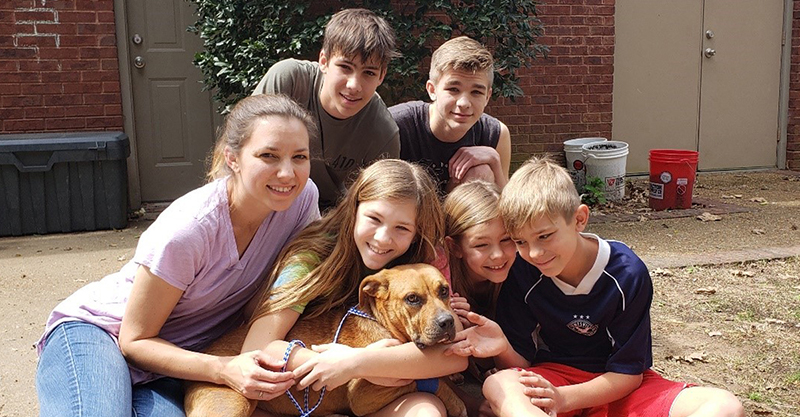The Cubic GATR-AID team has a long tradition of responding to humanitarian efforts arising from natural disasters. This support usually entails deploying GATR Inflatable Satellite Antennas (ISAs) to quickly restore communications as we did in response to Hurricane Dorian. However, the urgent needs arising from COVID-19 required a different approach. In a total team effort, the GATR-AID team quickly jumped into action to design and develop a portable ventilator prototype. We named it “VentiGATR.”
Giving back and creating technology for the greater good of our customers and communities is central to the Cubic GATR culture of innovation. In this spirit, GATR founder Paul Gierow realized early in the COVID-19 pandemic, that the company's medical grade blowers and logic boards could be repurposed to provide life-saving ventilation to critical-care patients.
When Paul reached out to kick-off this initiative, I was excited to join the effort and was pleased to assemble the team that worked feverishly to develop a potentially life-saving device that could serve our regional communities. As the GATR Engineering Director overseeing the design team at GATR, I could not be prouder of how the team came together so quickly to respond to this urgent need.
I and my GATR colleagues are immensely grateful for the local community of medical professionals who have been key partners in this effort. While we were confident that the medical grade components of our ISA could be leveraged in the VentiGATR, we didn’t have the in-house knowledge of medical devices. That’s why our partnership agreement with the University of Alabama in Huntsville (UAH), College of Nursing was so important. In addition to their ongoing consultation, we were able to use their “iStan” human patient simulator and reference ventilators to rapidly develop and test the prototype ventilator.
After successful tests on iStan, and in consultation with local physicians, we decided we were ready for the next phase of testing. In partnership with Huntsville Hospital, Huntsville Veterinary Specialists and Emergency (HVSE), Huntsville Animal Services and McCurdy Animal Clinic, we conducted a test which sustained a 41-pound canine who had been a long-term resident of Huntsville Animal Services. She was soon to be named "Halley."
Halley was administered anesthesia and intubated by Dr. Nicki Plunkett and Dr. Geoff Harriman of HVSE, with support from Nurse Anesthetist Lechon Camp. Huntsville Hospital Anesthesiologist Dr. Gregory Bouska and ENT Dr. Jasper Castillo observed the test. Information was also provided by Dr. Stuart Clark-Price, Head of Anesthesiology and Radiology at Auburn University's College of Veterinary Medicine. GATR engineers supported the device operation and gathered data for system refinement and an FDA submission under an Emergency Use Authorization (EUA).
Dr. Karen Shepherd with the Huntsville Animal Services and Dr. Blaine O'Reilly of McCurdy Animal Hospital worked to find a suitable canine patient. In doing so, they were not only providing support for the development of the VentiGATR to serve our local community, they were determined to find a loving home for Halley.
Our family had been looking to adopt an additional dog and Halley was very brave throughout the test. At that point, there was no doubt that we would be welcoming her into our family. We surprised our kids with the news and they were beyond excited! They’ve been able to spend a lot of quality time with Halley since we’ve been ‘sheltering in place’ and they have fallen in love with the newest addition to the family. Our first dog is named Comet so you can see why we thought Halley would be a perfect name.
The support of our community partners is a reminder of why we do the work we do at Cubic GATR. When confronted with a challenge, we come together for the common good. That’s why we’ll continue to push forward to complete testing on the VentiGATR portable ventilator to ensure its ready to support our local communities, if needed.
The GATR family is so grateful for this opportunity to serve. And, my family is grateful for Halley.
Scott Borcher has worked at GATR technologies for almost six years and has had the opportunity to be involved with projects such as the compact inflation unit, GATR-TRAC and Tropo before working as Engineering Director. Previously, he worked at aerospace and defense companies developing commercial flight control actuation systems and specialized robotics applications for gas turbine engines and rotary and fixed wing aircraft.







